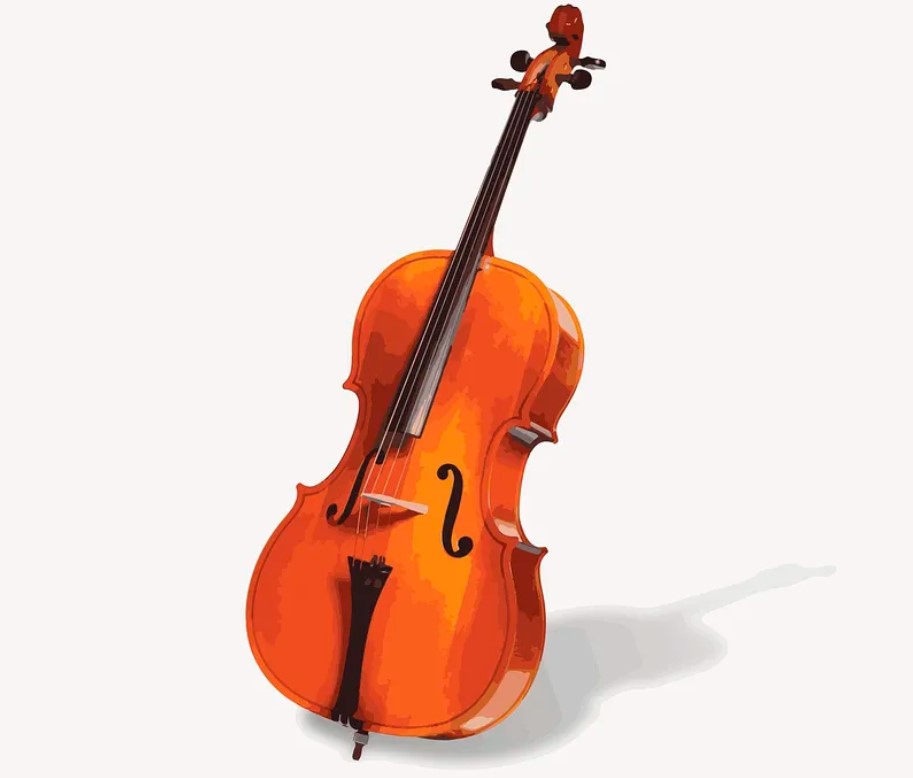Some instruments are simpler to learn and begin playing than others. For instance, a piano or keyboard may be played by just pressing the keys, but string instruments are more complicated. Before you can truly produce music from your instrument, you must learn how to hold the cello, how to grip the cello bow and other hand positions. In this article, we will examine the nuances of cello holding. You must be seated when playing, and the instrument is one of the largest available that you are supposed to be able to hold while playing. The technique is quite crucial.
Correct Cello Hold
The cello hold should be practiced the same regardless of whether you are playing a beginning cello, an electronic cello, or a Stradivarius cello for $1 million.
The following recommendations will help you hold your cello in the correct position, which is rather simple to do. However, if you do it incorrectly, you risk altering your playing style or even injuring your shoulder by extending to reach specific strings. It is essential to conduct a study and observe how experts perform a task.
C-Peg Behind The Ear
The C peg behind the ear is a quick and simple approach to achieve a perfect cello grip. The cello should be held in the hands, and the top ‘hips’ of the instrument should be placed between the knees. To sit properly, the cello should make contact with your sternum.
You’ll note that when you place the cello in this position, there may be a gap to the ground; this implies that you may determine the optimal endpin length for the instrument to rest properly and remain sturdy. Remember that the cello should have a small rightward tilt.
If you are unable to find a place for the C-peg to sit properly behind your ear, it will interfere with your posture and become a hindrance.
Keeping Cello In A Straight Line
Using a stand is distinct from placing your endpin. The endpin causes the cello to tilt to the left, and you will likely compensate by leaning to the left as well. This makes it more difficult to play each string, particularly at higher places.
Place the endpin of the cello slightly to the left. Straighten the cello, and then hold it slightly to the right as viewed from the front. This indicates that you have granted access to all strings. You will not find yourself reaching to retrieve notes.
Cello Tilt
In addition to tilting the cello for the instrument’s feel and the ability to reach all of the strings with ease, some cellists tilt their instrument for projection. As you progress from a beginning cello to an expert cellist, you will likely get extremely familiar with your instrument. If you lean to the right when playing the A string, you may be able to bow more easily and project the sound wider. If you are playing the C or D strings, tilting left might have a similar effect. It provides a more advantageous posture for your hand to rest.
The Right Leg
A large number of cello instructors will instruct you to rest your Mendini or comparable beginner cello on your right leg. This is OK if you choose to do it, but it is not required. Some individuals find it far more comfortable to handle the instrument without utilizing this leg as a support, and this may even aid with projection.
Observing a number of cellists perform, you will observe that their approaches vary slightly, and while some rest the instrument on their right leg, others do not. Whether there is a “correct” or “wrong” approach is debatable, but what matters most is your comfort. Even more crucial is the ability to grip the bow correctly, as this directly affects the sound production and consistency of your playing.
Last Thoughts
It is worthwhile to spend additional time learning the fundamentals of playing this instrument and how to handle the cello and bow. If you don’t have a solid foundation, you may have to reconstruct your technique in the years to come, even if you become an expert cellist with a deep grasp of the instrument. Cello lessons should begin with learning how to hold the instrument. It may not be the most interesting component of studying the instrument, but it provides a foundation for learning more enjoyable methods and ensures a professional approach to cello instruction.
To keep yourself updated on the latest news, follow our blog.


